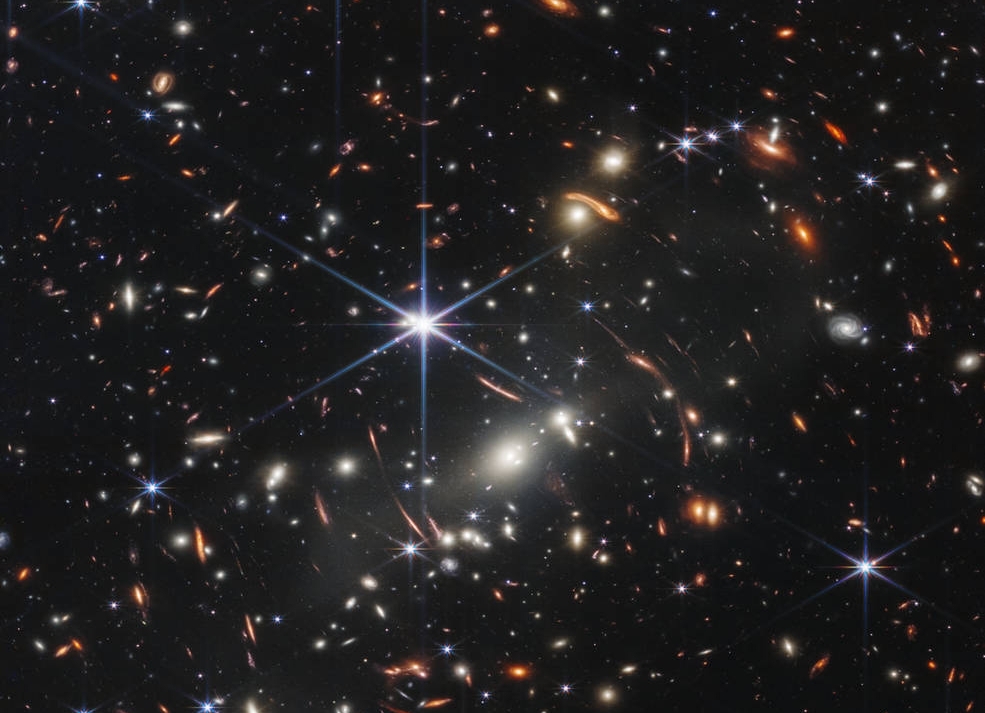Across large swathes of Asia, Europe and the US, millions of people are grappling with unprecedented soaring heat and battling flash fires. It would be good to feel that this may provide the wakeup call the world needs to properly address the inexorable rise of climate change. But we have been disillusioned on this subject before. And sadly, will no doubt again be disappointed.
But all is not lost. I trust no-one has missed the most remarkable scientific achievement of recent years – the launch of the James Webb Space Satellite. We should all take advantage of this opportunity to literally gaze millions of years back into space to observe the early formation of galaxies.
I think most of us are aware that the light we see in the night sky is often millions of years old. A light year is the distance that light can travel in one year. So, if a star is one light year away, its light takes one year to get to us. The new James Webb satellite is enabling us to gaze back millions of light years.
One image has already been highlighted as the most distant galaxy ever seen, with light that was emitted just 500 million years after the Big Bang 13.8 billion years ago. The other four in the first images shone as late as 1.1 billion years after the Big Bang.
The new photos are, say scientists, giving us a sense of how all galaxies must look when forming stars.
NASA’s James Webb Space Telescope is a partnership with the European Space Agency (ESA) and the Canadian Space Agency (CSA). Its first published images represent the first wave of full-colour science images and spectra the observatory has gathered.
The telescope is named for James Webb, who ran the fledgling NASA from 1961 to 1968 and who is considered by many to have done more for science than perhaps any other government official.
As SETI astronomer Seth Shostak put it in Science News, the enterprise promises to revolutionise our understanding of the universe in which we live.
“When, in 1543, Nicholas Copernicus finally dismissed the 2,000-year-old idea that the Earth was the centre of the solar system, the standard of living in Poland didn’t suddenly make a great leap forward,” writes Shostak. “And yet Copernicus’ work demonstrated something of profound philosophical importance: Humans, as special as we are, occupy an unremarkable speck of dirt and dust in the universe.”
When an image of SMACS 0723 was released in July, most of the focus went on extremely distant galaxies in the background. But right in the middle of the image is SMACS 0723 itself, a much closer cluster of galaxies about 4.6 billion light-years from Earth. Its light started its journey to the James Webb about 13.3 billion years ago. Amazing. Let us praise science.
‘Business under 40’
We would like to recommend to our readers this month’s cover feature. We examine the region’s “under forties” influencers who are making a difference in business across the Bay.
Much of the growth and innovation we are seeing across the Bay of Plenty is increasingly being led by a generation of younger people finding new ways of driving our economy.
We are delighted to throw a spotlight on those who are making a difference in regional business and tell our readers about their impact in business and their evolving roles.
Read: Business under 40


